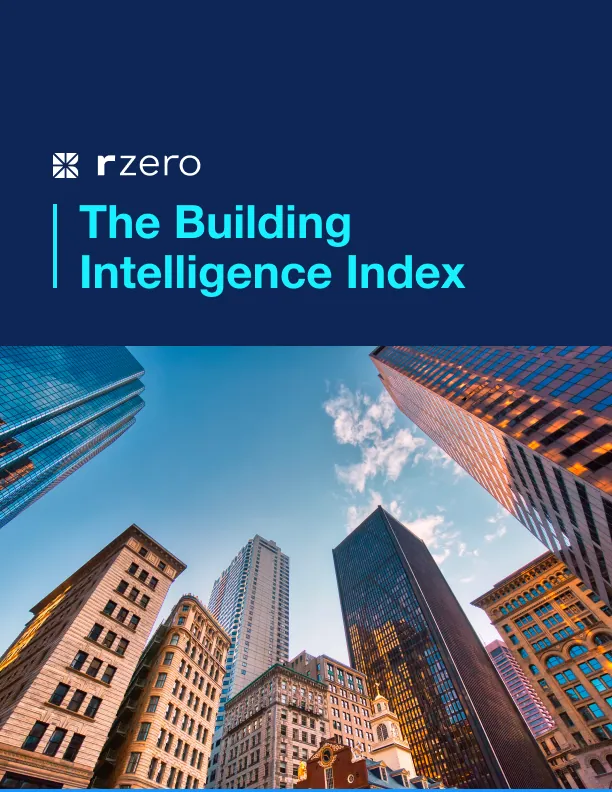Educators, Take a Deep Breath—Healthier Classrooms Are on the Horizon

From classroom sanitation to remote learning, keeping things as ‘normal’ as possible for teachers and students hasn’t been easy throughout the pandemic. As most school districts have nixed remote learning in favor of a return to the classroom, the health and safety of school buildings remain top of mind for both educators and parents.
In light of these concerns and President Biden’s new National COVID-19 Preparedness Plan, the importance of indoor air quality regarding education is finally getting the attention it deserves. Moreover, new acts concerning air quality will mean school districts must meet more stringent air quality standards by 2024.
Science has spoken—but now we’re listening
For over two years, research has indicated that the Coronavirus tends to cling to stale air, in addition to the bigger droplets that masks are supposed to protect against. Nevertheless, it wasn’t until March 2022 that the White House and medical experts began to iterate on the importance of ventilation when the Center for Disease Control and Prevention and the National Institute of Allergy and Infectious Diseases issued findings proving that the Coronavirus can live in the air for hours indoors.
For school districts, these findings represent yet another challenge: the need to maintain air quality to eliminate the chances of exposure to harmful microorganisms inside schools, in classrooms, the lunchroom, and bathrooms.
Funds are available to improve indoor air quality—but many districts still fall short
Although government-provided relief such as Higher Education Emergency Relief Funds (HEER) and Elementary and Secondary School Relief Funds (ESSER) have helped ease schools’ financial burden when addressing air quality issues, experts argue that these funds are being used to solve long-term challenges existing before the pandemic. Despite guidance from building experts who say that increasing outdoor air inside classrooms, using new technology such as UV-C disinfection, and installing higher efficiency filters are necessary to reduce airborne microorganisms, many school districts are choosing to use this money to improve campus technology and perform renovations.
That said, more than two years into the pandemic, surveys indicate that only 47% of schools have updated classroom ventilation because, well, it’s not easy.
Traditional approaches to improving indoor air quality reveal some serious challenges
Despite school districts planning to spend $4.4 billion on HVAC updates, many districts fear they will be unable to meet the 2024 mandated air quality standards because of the supply chain and material shortages, labor costs, and high demand driven by the pandemic. Even without these pandemic-specific challenges, HVAC updates are time-consuming and costly. Additionally, schools from low-income areas need massive infrastructure updates before even considering updating their aging ventilation systems.
Therefore, it’s time for schools to look past just HVAC improvements to other proven air quality solutions like R-Zero’s disinfection ecosystem, which helps combat surface-borne and airborne microorganism exposure risk.
Upper Room UV-C solutions: fast and effective in the fight against poor air quality
Covid aside, indoor concentrations of some pollutants have increased in recent decades due to energy-efficient building construction which often lacks the mechanical ventilation powerful enough to provide adequate air exchange. Also, synthetic building materials, furnishings, pesticides, household cleaners—and even personal care products—are all contributing to poor indoor air quality.
So, what can education facilities at all levels do to quickly improve air quality in school buildings?
UV-C disinfection is a technology that works by using UV-C waves to penetrate the cell walls of an organism to prevent the replication of their genetic material—ultimately stopping the spread of viruses, bacteria, mold and mildew in their tracks.
As the leader in industrial UV-C technologies, the R-Zero platform can disinfect 99.9% of certain surface-borne and airborne microorganism risk in an occupied classroom in as little as five minutes.
“The R-Zero Arc was the answer to our classrooms functioning as normally as possible under the reality of this airborne virus. This machine will continue to benefit our entire school system even after the threat of the pandemic is over… R-Zero Arc has increased the community’s confidence and peace of mind knowing that the highest standard of disinfection is being implemented in their schools.”
– Gary Tipsord, School Superintendent
Already used by thousands of schools across the country, UV-C disinfection tools are becoming the standard in enhancing classroom air quality. Not only effective, but the R-Zero platform can also be up and running in a matter of hours—significantly faster than installing a new filter and magnitudes faster than revamping an entire HVAC system.
To learn more about cost-effective ways to improve your classroom’s air quality with R-Zero, check out the solutions available on our education page.

